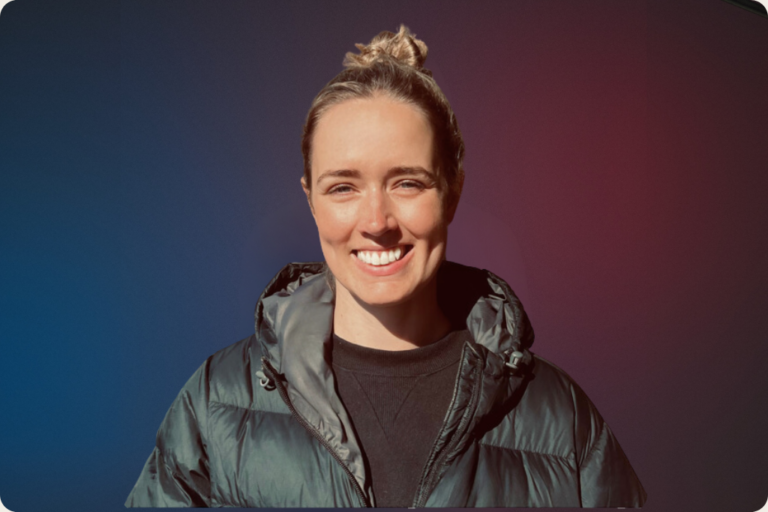
ENDING HOMELESSNESS IN AUSTRALIA IS POSSIBLE
Across generations, Australians have grappled with the persistent issue of homelessness, so creating a world where no one has to sleep on the street requires a long-term vision with achievable short-term goals.
At Mobilise, we believe homelessness is a solvable problem. That’s why we’re launching Project 10,000 – an ambitious initiative to unlock the generosity of Australians to positively impact the lives of 10,000 individuals by 2030. Those big dreams haven’t come overnight though, they are the culmination of an eight-year journey from the streets of Melbourne’s CBD to, one day, ending homelessness across Australia.
Founded in 2016: Six years of volunteer outreaches provided us with thousands of genuine conversations with our friends on the street which laid the foundational framework for our eventual Direct Giving programs.
Nedd’s Record Run 2022: Nedd Brockmann’s incredible fundraising efforts provided a pivotal boost to our mission. It put us in a position to develop many of the programs and dreams we’ve had for years.
Direct Giving Begins: Launched in November 2023, Mobilise Matched facilitated employment for 10 individuals and provided crucial support through charity partnerships like Youth Projects. Participants also received up to $10,000 through grants to pursue their aspirations.
Direct Giving Continues: Mobilise Kickstarter and Mobilise Pay built on this success; we expanded our initiatives to offer rental assistance and support single-mother families.
As we focus on nationwide homelessness, we must shine a light on those who need it most. While the most visible example of homelessness we see are our friends on the street, they only make up approximately 6% of total homelessness. 94% of homeless people are considered ‘hidden’. Hidden Homelessness can happen to anyone, through no fault of their own. Illness, job loss or domestic violence can mean people end up homeless. To survive these circumstances, people turn to couch surfing, living in their cars, a garage or other temporary, often insecure accommodation that falls below minimum community standards.
Primary Homelessness
When people don’t have conventional accommodation. For example, sleeping rough or in improvised dwellings like sleeping in their car.
Secondary Homelessness
When people are forced to move from one temporary shelter to another, such as between emergency accommodation and refuges, this includes ‘couch surfing’ when someone ‘crashes’ at a friend’s or relative’s home.
Tertiary Homelessness
When people live in accommodation that falls below minimum standards. This can be a boarding house, caravan park, or a household that is severely overcrowded.
They are Australia’s unseen homeless, and we must bring them into the light by getting to them as quickly as possible, through action.
Now, we launch Project 10,000. Project 10,000 is our key to unlock individuals and their resources to enable our participants to reclaim control of their lives and thrive within their communities. We are tackling the unmet needs of Australians facing homelessness. We don’t just react to problems – we actively pioneer direct giving programs to empower those left behind. By leveraging flexible funding and piloting innovative solutions, we can scale these programs with the backing of generous Aussies – corporations, philanthropists, and everyday citizens alike.


WHY IS THIS IMPORTANT TODAY?
The 2021 Census found that:

On any given night, more than 122,000 people are experiencing homelessness in Australia

The rate of homelessness surged in Tasmania and Victoria up by 32.3% and 12.4% respectively.

1 in 32 Indigenous Australians will be experiencing homelessness on any given night.

There was a 5.2% increase in the number of people experiencing homelessness nationally between 2016 and 2021.

39% of people experiencing homelessness in Australia were living in severely overcrowded dwellings.

23% of all people experiencing homelessness were aged from 12 to 24 years
Key trends that are impacting our friends on the street include:

Increasing housing prices

Under supply of affordable housing

Rapidly changing job market / in-demand skills

Increased demand on / reduced accessibility of essential services

Climate change affecting liveability and housing needs

Changing profile of cities and urban areas post-Covid

Increased public awareness of the housing crisis and economic pressures











